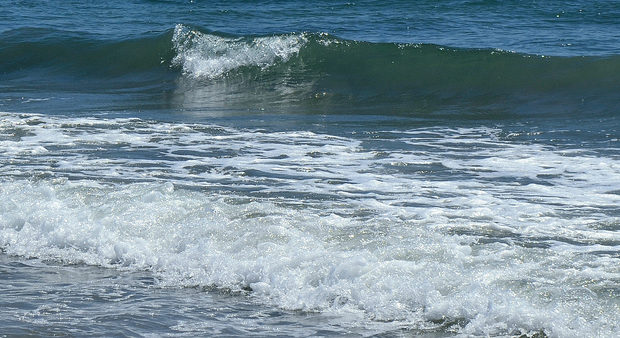
Fisheries: the solution for the global food crisis?

The last centuries have seen an unprecedented explosion in the human population on Earth, and with this a higher demand for food. As countries develop from manufacturing to more sophisticated economies, the demand for protein heavy food has increased – we see this in the massive amounts of livestock agriculture, and now – expansion and investment in fisheries.
While wild fish stocks are in trouble, legislation from multinational governance is aiming to move us to a more controlled, intelligent fisheries system. The recent development of genetically-modified salmon, which allows them to grow to maturity in half the time, could be a first step in management. Keeping these communities completely isolated from the wild populations is also an important step, both to allay public fears, and to avoid any unexpected ecological effects of this modified species escaping into the water.
We’ve recently brought together a series of papers to look at how fisheries and food systems can be coordinated on a local and regional scale, with emphasis on small-scale fisheries – which could hold the key for sustainable fishery development.
The Great Barrier Reef is not dead (yet)
Despite some rather hysterical reporting last year and premature obituaries all across the internet, the Great Barrier Reef is not completely dead. Though in an awful amount of trouble, and subject to two years of extreme bleaching events, we haven’t yet reached the point of no return.

Many erroneously assume that ‘coral bleaching’ is analogous to ‘coral death’; however we can think of it more as a big, visual warning sign of the troubles currently facing these reefs. As the water warms up, the symbiotic bacteria (which gives the corals such vivid colour, and energy) is expelled, causing the colour to fade and the energy input to drop. If left unchecked, this developing inefficenecy can cause the death of the corals, which are home to many delightful cirtters, and who are a food source for many pelagic fish and coral-dependent creatures.
On longer timescales, we might hope that the corals unique biochemistry would adapt to the warming temperatures, but in the Anthropocene we’re starting to develop a firmer understanding of the active intervention need to save these reefs. As Hughes et al. phrase in their recent review: “To steer coral reefs through the next century, we will need to be bold, to embrace change and to recognize that securing essential services from coral reefs will require a new approach to science, management and governance.”
Marine Protected Areas

One of the most increasingly popular techniques to preserve and restore fishing stocks and ecosystem health has been the introduction of MPA’s, or Marine Protected Areas, where fishing quotas are – theoretically – strictly enforced. A recent paper in Nature indicates that about 71% of MPAs have led to increased fish stocks; this is strongly tied into management of said MPA’s – which relies heavily on funding from the agency or government overseeing the MPA. We should continue to push for more MPA’s in the coming years, but ensure that they have the appropriate mechanisms and governance in place to be actually effective – otherwise they’re just words on a page.
As ever with conservation efforts – a strong scientific base and reliable funding is key. The greatest success stories have come when the local populace has been engaged and entrusted with the management of stocks, and they themselves benefit with an increased haul outside of the protection timeframes and areas.
With all three of the points above, there is a clear throughline of what must be done to ensure their success. Evidence-based intervention, with the engagement of the local populace, is key to achieving desired outcomes – whether it’s to save a natural beauty, or to ensure food security.
Alexander Mulhern
Latest posts by Alexander Mulhern (see all)
- Where’s the Whale? Quiz - 15th February 2019
- What webs we weave: spiders influence on food webs above and below ground - 7th March 2018
- World Oceans Day 2017 – State of the Seven Seas - 8th June 2017
Comments